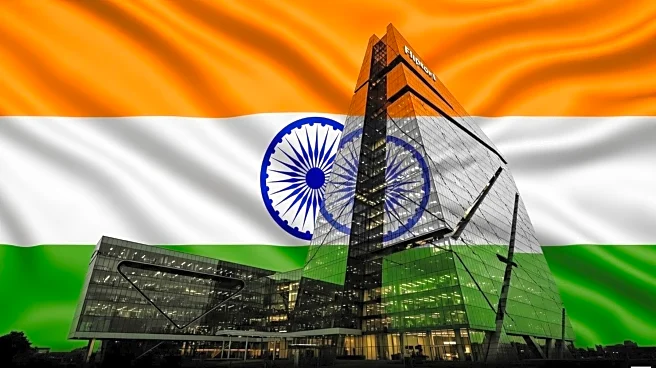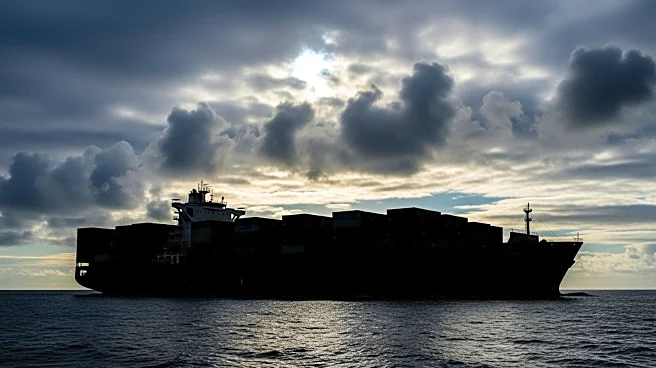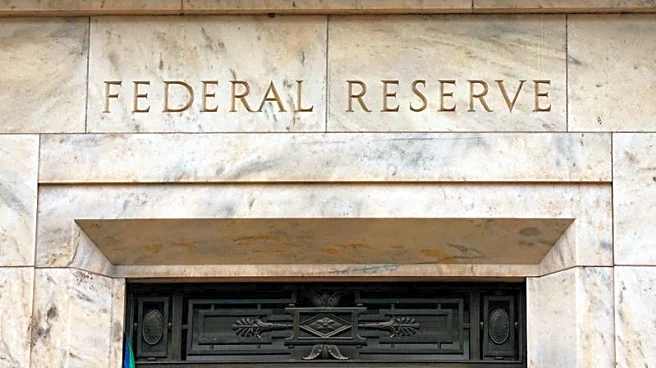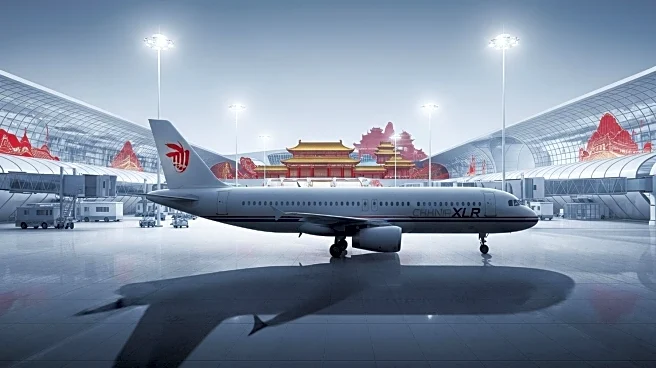What's Happening?
Singapore and India have signed an agreement to establish a Green and Digital Shipping Corridor, aimed at promoting clean-fuel bunkering and enhancing digital information exchange between ports. This initiative aligns with the International Maritime Organization's target of net-zero emissions by 2050. The corridor is expected to create opportunities for alternative fuel bunkering, supported by India's renewable energy capacity. The partnership also introduces penalties for ships failing to meet emission targets, encouraging ship owners to adopt cleaner fuels. Additionally, the corridor will facilitate shore power supply at ports, offering a more efficient and cost-effective solution compared to synthetic e-fuels.
Why It's Important?
The Singapore-India Green and Digital Shipping Corridor represents a significant step towards sustainable maritime practices. By fostering clean-fuel bunkering and digitalization, the corridor supports the global shift towards reducing emissions in the shipping industry. This initiative not only enhances environmental sustainability but also positions India and Singapore as leaders in green maritime infrastructure. The corridor's focus on digitalization could improve port operations, making them more efficient and cost-effective, which is crucial for maintaining competitiveness in the global shipping market.
Beyond the Headlines
The corridor could serve as a model for other countries looking to implement similar initiatives, potentially expanding its coverage in the future. The emphasis on digitalization and clean energy could drive innovation in the maritime sector, encouraging the adoption of technologies like wind-assisted propulsion systems and solar panels. This development also highlights the growing importance of international collaboration in achieving environmental goals and improving maritime infrastructure.











